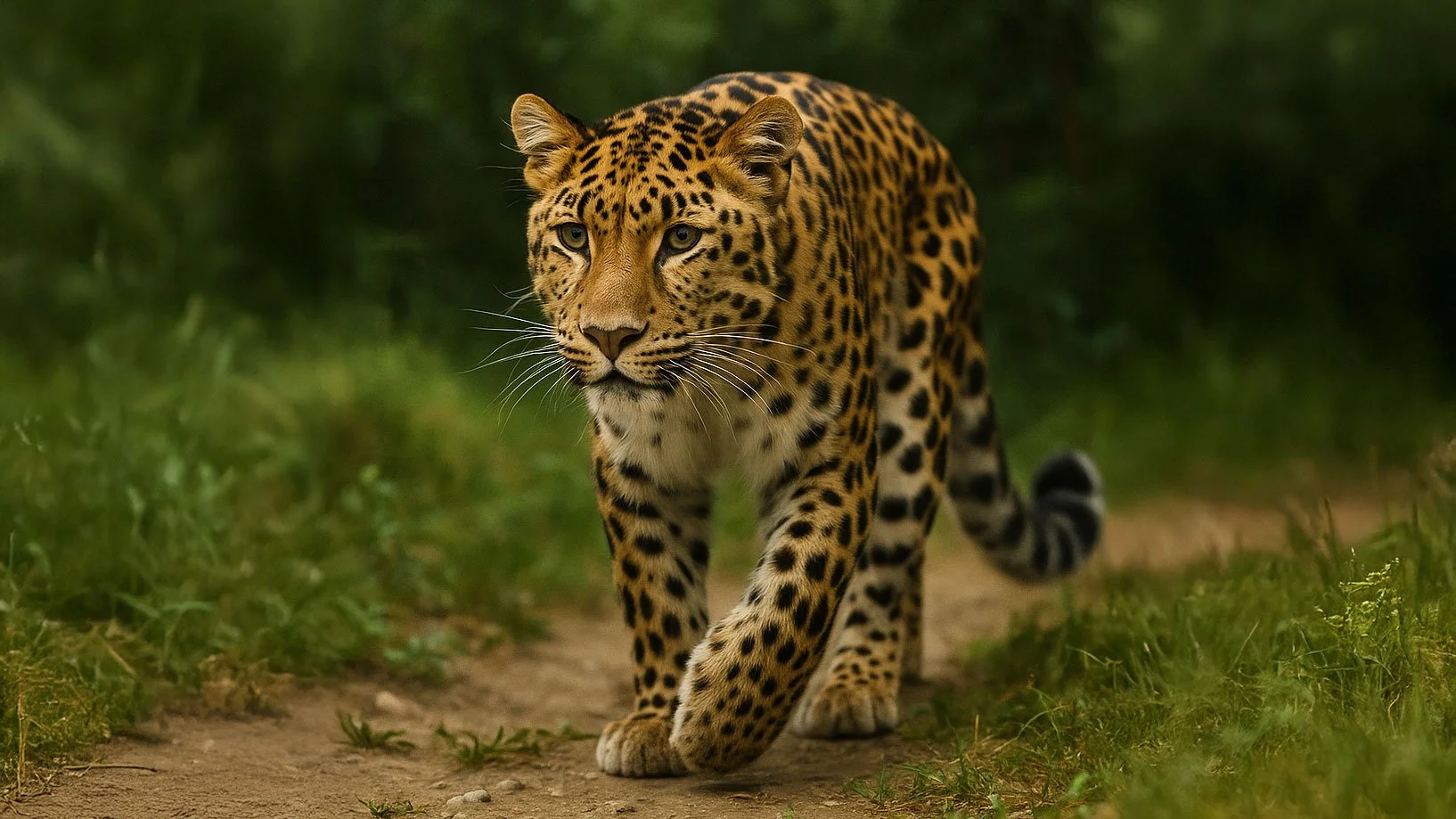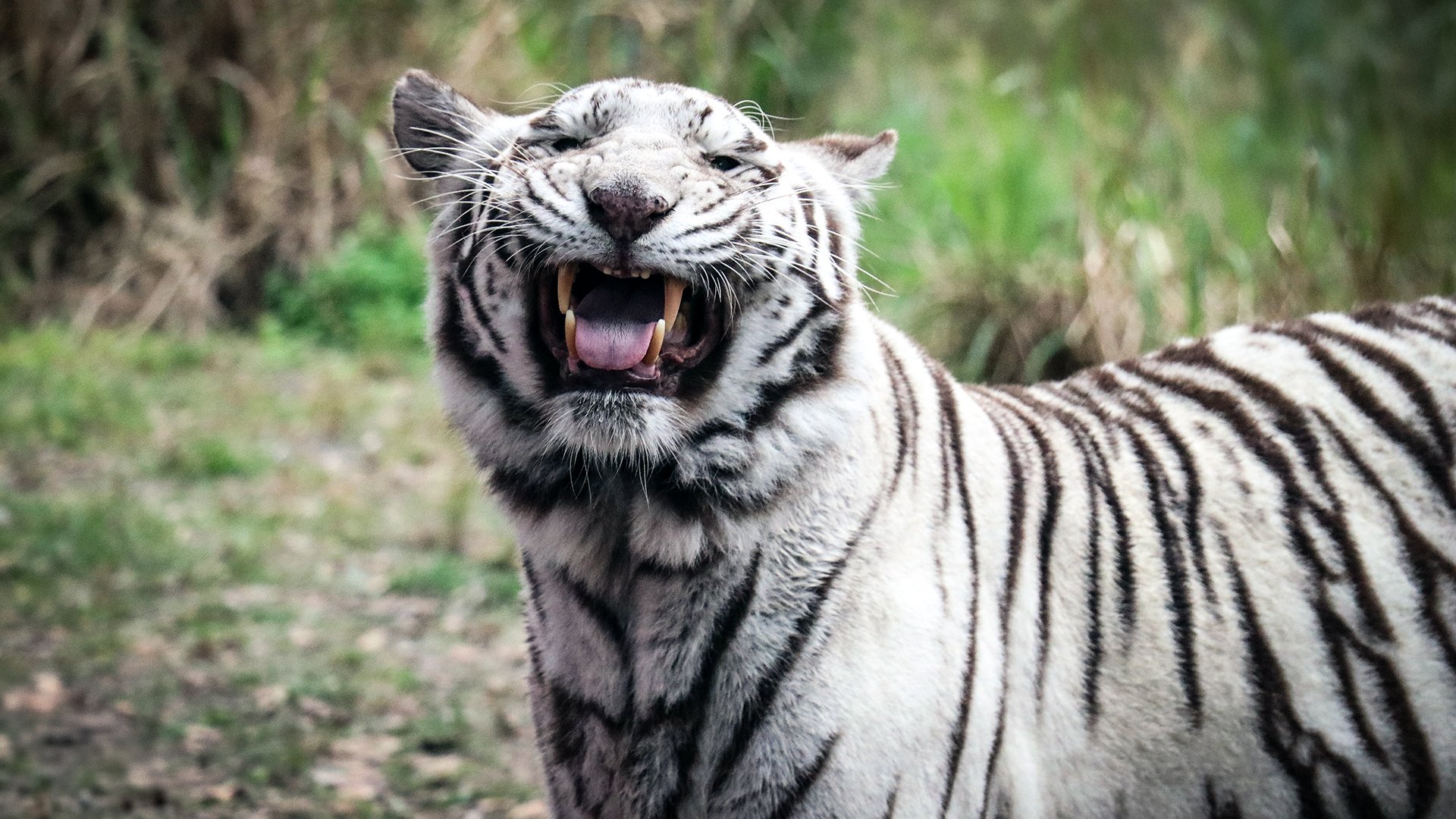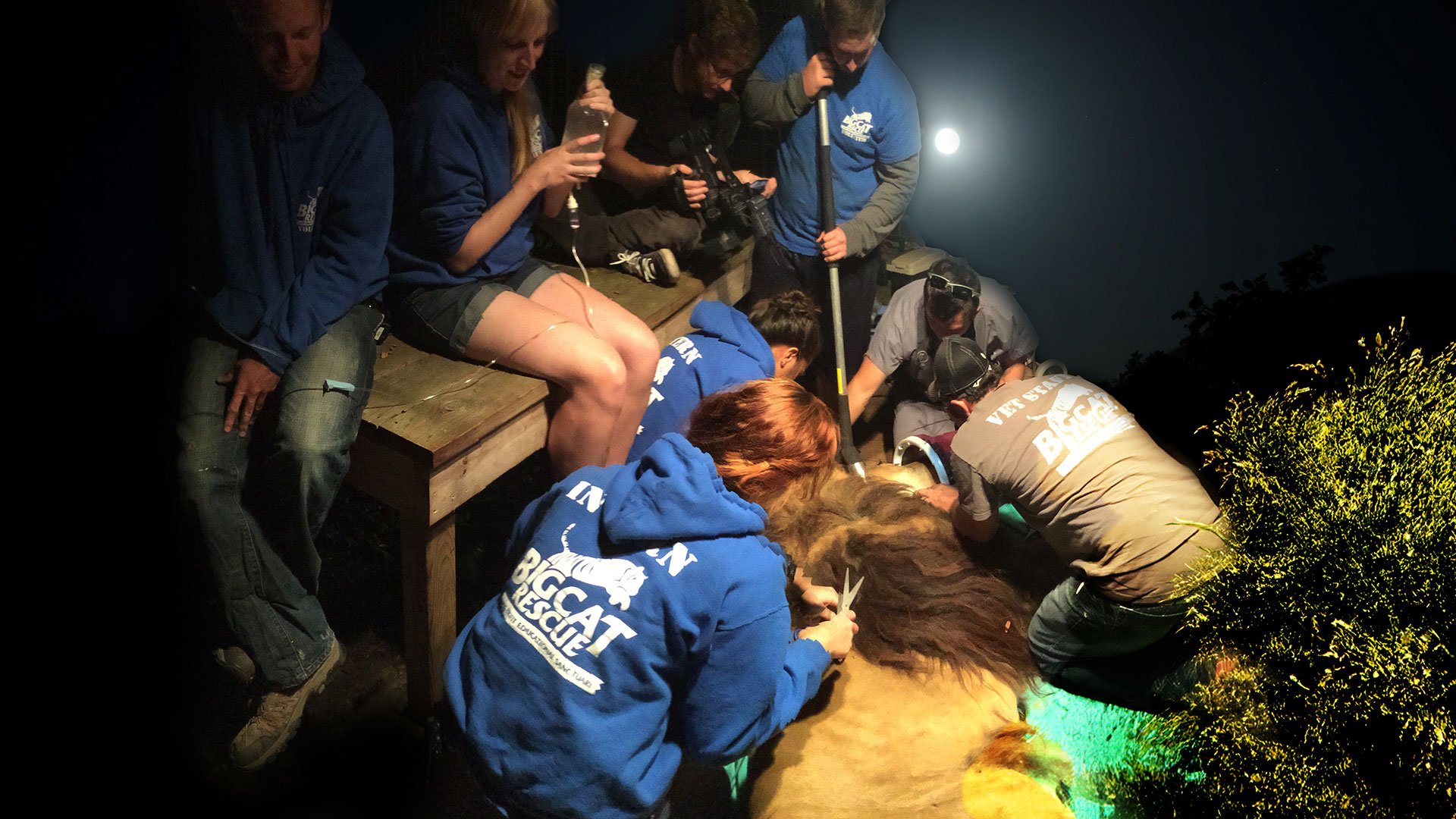Why Big Cat Rescue Uses AI-Generated Images to Tell the Stories of Wild Cats
At Big Cat Rescue, our mission has always been crystal clear: to create a world where wild cats live free—safe, respected, and thriving in their natural habitats. Over the years, that mission has evolved from rescuing and caring for big cats in captivity to focusing entirely on protecting wild cats in the wild. That shift in focus has brought with it a new set of challenges, especially when it comes to showing the public just how beautiful and diverse these cats truly are.
You see, wild cats are elusive by nature. That’s not just a poetic statement—it’s a survival strategy they’ve perfected over millions of years. Many of the 40 or so species of wild cats are rarely seen, even by the people who live alongside them. They hide in dense forests, roam vast deserts, and blend seamlessly into mountain landscapes. Their survival depends on avoiding human contact.
So, when we set out to educate people about these incredible animals, we are faced with a problem: How do we give people a clear, realistic idea of what these cats look like without disturbing them, exploiting captive individuals, or encouraging people to chase them down for a snapshot?
Our answer: AI-generated imagery.
Why Not Just Use Real Photos?
There are a few good reasons:
We won’t use images of cats in captivity unless we’re telling their specific rescue story.
Zoos and roadside attractions often portray captive wild cats as “ambassadors” for their species, but the truth is, most of these animals are bred for display, not conservation. Using their images to represent their wild counterparts sends the wrong message—it normalizes keeping wild cats in cages. That’s the opposite of what we stand for.We won’t encourage photographers to stalk wild cats.
Even well-meaning wildlife photographers can unintentionally stress or endanger their subjects. Some wild cats abandon their dens if humans get too close. Others may be pushed out of their territory by repeated disturbances. We refuse to create that kind of risk for an image that will end up as a thumbnail in someone’s social media feed.Some species are simply too rare to photograph in the wild.
You can count the number of certain wild cats—like the Andean mountain cat or Borneo bay cat—on just a few hands. The chances of getting a usable, high-quality image without disturbing them are slim to none.
Why AI Works for Us
AI-generated imagery is not about replacing nature—it’s about respecting it. Today’s AI tools can create photorealistic images that capture the subtle details of each species: the curve of a serval’s ears, the spots of an ocelot, the tufted cheeks of a Eurasian lynx. These images give people a close look at animals they might never see otherwise, without a single paw being disturbed.
One of our favorite ways to put it is this:
“No wild cats were harmed or harassed to bring you these images.”
It’s not just a tagline—it’s a promise.
And as AI improves, so does our ability to depict each species accurately, from the tiniest rusty-spotted cat to the largest tiger. Every time someone scrolls past one of our posts, we want them to stop and think, Wow, I had no idea that species existed. I want to help protect it.
Why We Sometimes Turn Images Into Videos
If you’ve spent more than five minutes on social media, you know it’s a fast-moving river of distractions. People scroll past hundreds of posts without a second thought. To break through that constant motion, we sometimes use AI tools to animate still images into short videos. The movement grabs attention—long enough for us to share the real story: how Big Cat Rescue funds conservation projects that help people and wild cats live in peace.
It’s not about making “fake” videos. It’s about creating a hook that leads to real education and, hopefully, real-world change.
Addressing the AI Backlash
Whenever we share AI-generated content, there’s a small but vocal group of critics who accuse us of “selling out” or “hurting the environment” by embracing AI. Let’s address that head-on.
First, AI is not the enemy here. Hundreds of years of human short-sightedness—overhunting, habitat destruction, industrial pollution—got us into the ecological crisis we’re facing today. If anything, AI may be one of the few tools that can help us out of it.
AI can:
Model climate change scenarios to help conservationists adapt strategies faster.
Process satellite imagery to detect deforestation or poaching activity in near real-time.
Automate data analysis so scientists spend less time crunching numbers and more time in the field.
Educate at scale by creating engaging content that reaches millions, without the environmental footprint of travel, photography expeditions, or printed materials.
The carbon footprint of creating a few AI images is minuscule compared to the impact of flying photographers around the globe, driving into remote habitats, and producing physical educational materials. When used responsibly, AI is a tool for reducing harm, not increasing it.
The Bigger Picture
At the end of the day, our goal isn’t to win an argument about technology—it’s to win hearts and minds for the cats. We know that when people see the beauty and uniqueness of wild cats, they’re more likely to care about protecting them.
If an AI-generated image of a margay makes someone stop scrolling, read about the threats it faces, and donate to protect its forest home—then that image has done far more good than harm.
We’re not here to preserve wild cats in pixels. We’re here to preserve them in the wild. AI just happens to be one of the most respectful, efficient, and effective ways to do that in today’s digital landscape.
Our Promise to You
We promise that:
No wild cats will be harassed or stressed to produce our content.
We will always strive for accuracy in our AI depictions, improving as technology improves.
Every image or video we create will serve the greater purpose of protecting wild cats in the wild.
And to those who worry that technology will somehow replace the real thing: it won’t. Nothing can replace the magic of a wild cat living free. Our work is to make sure they can keep doing just that—without having to pose for our cameras.
Because in the end, the truest image of a wild cat isn’t the one on your screen—it’s the one walking silently through the forest, unseen, exactly where they belong.
If you’d like to see more AI-generated images and the real-world conservation projects they support, follow us on our social channels. Every view, like, and share helps us reach more people, raise more awareness, and protect more cats.
No wild cats were harmed or harassed to bring you these images. But together, we can make sure they’re protected for generations to come.





